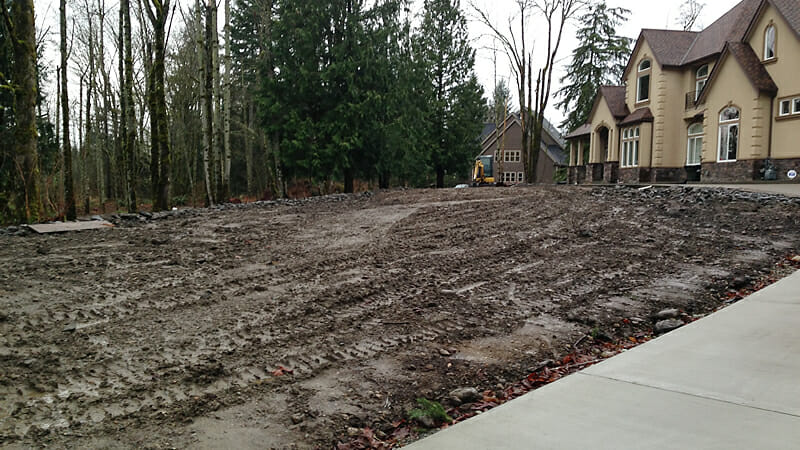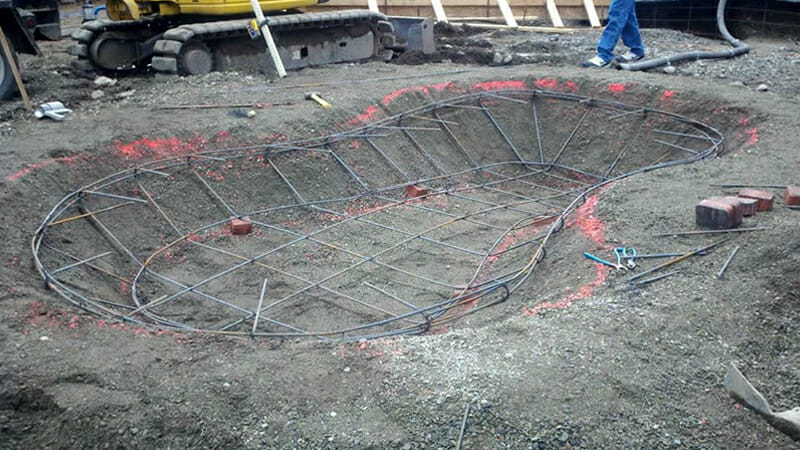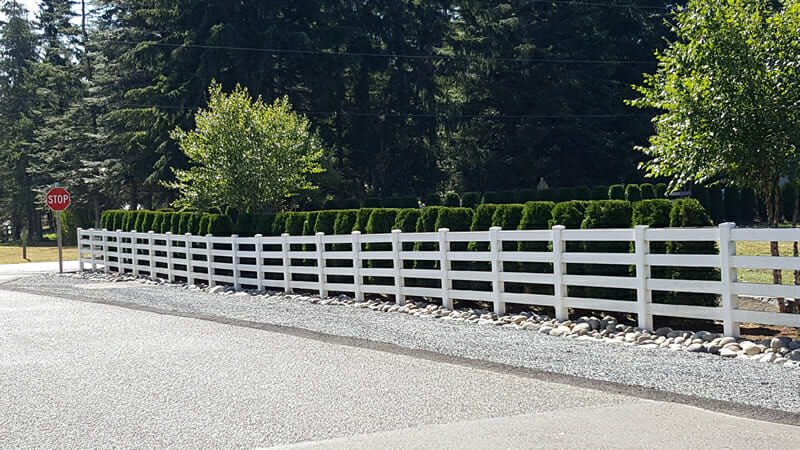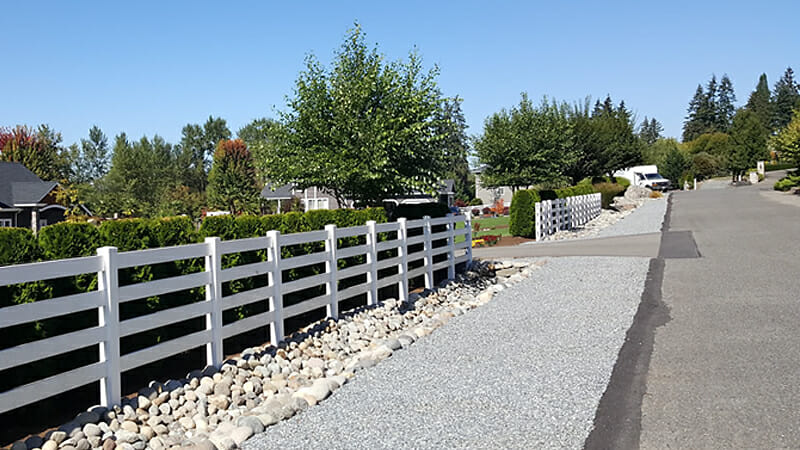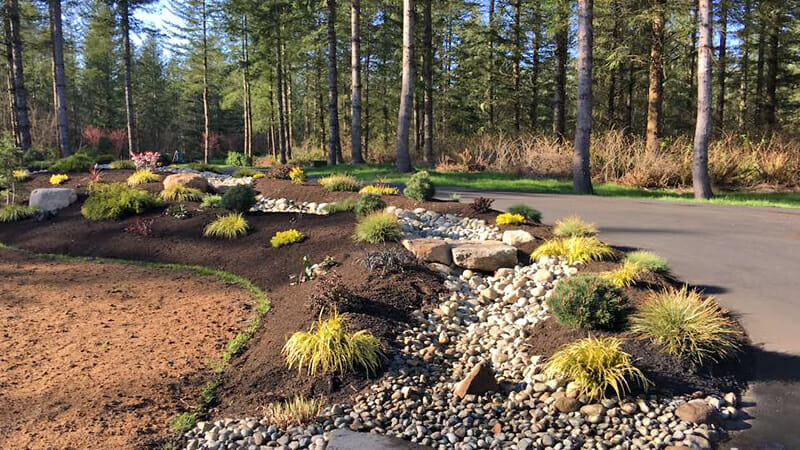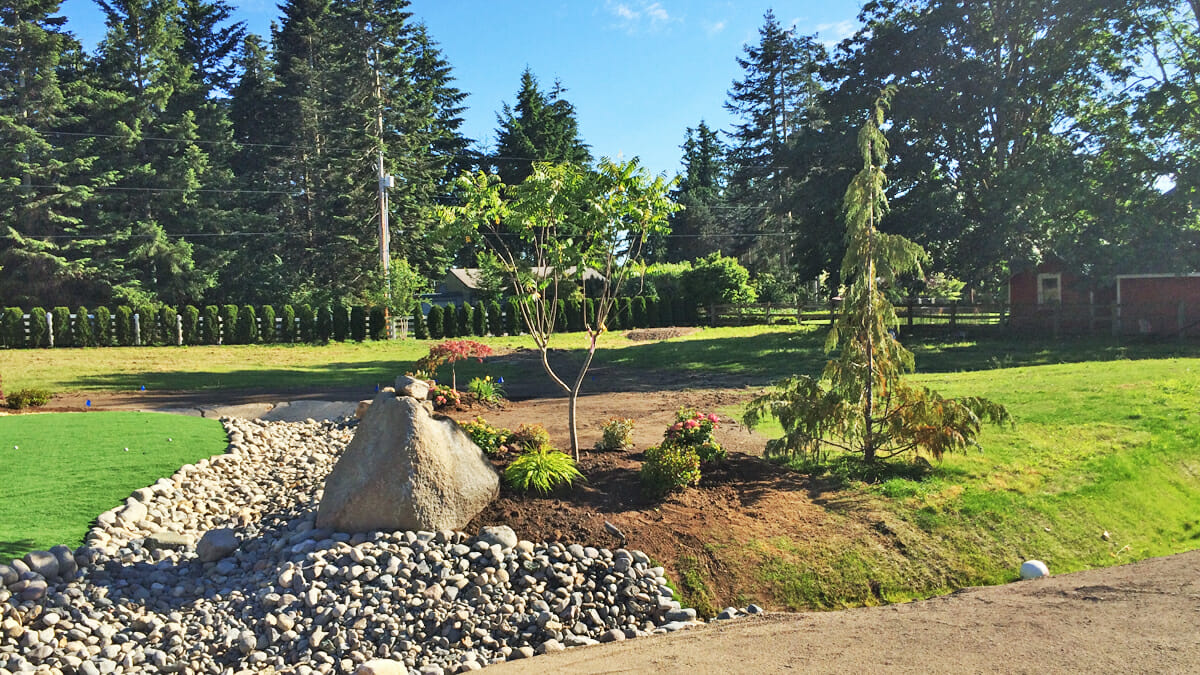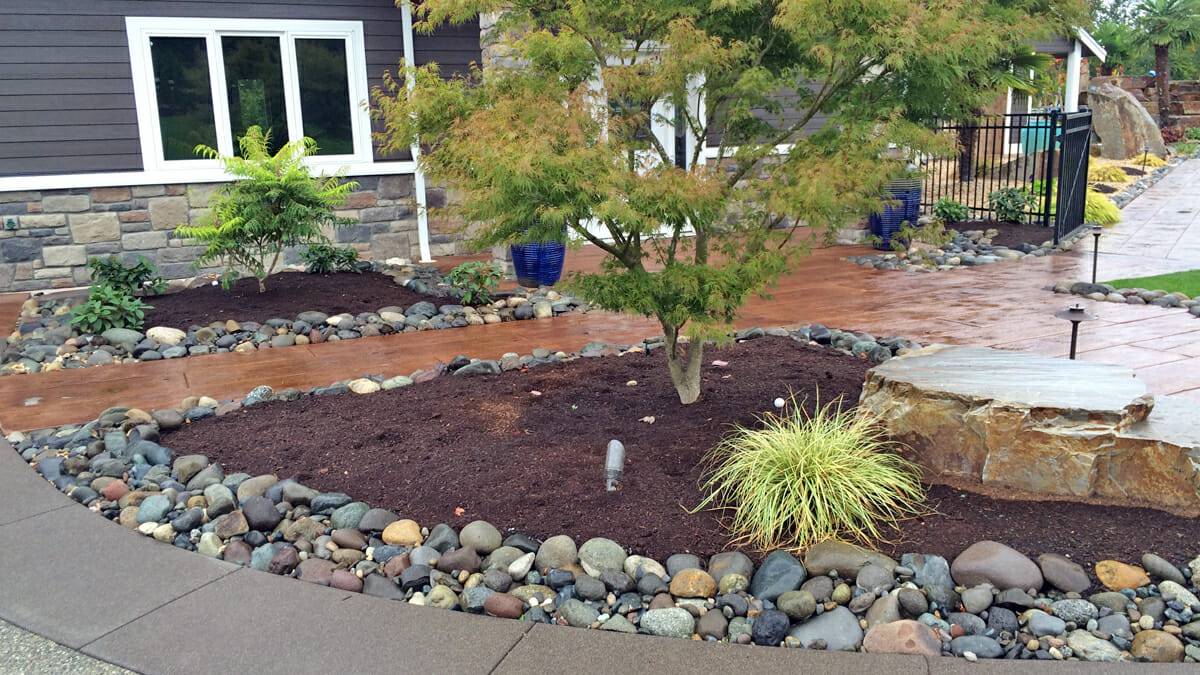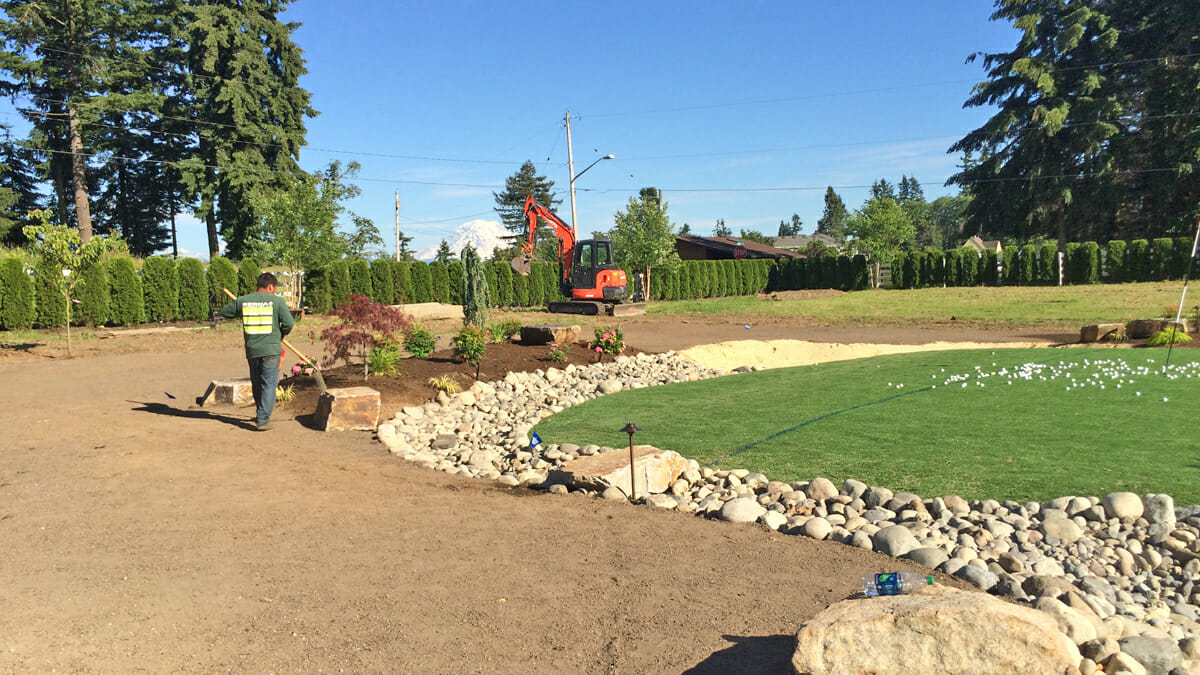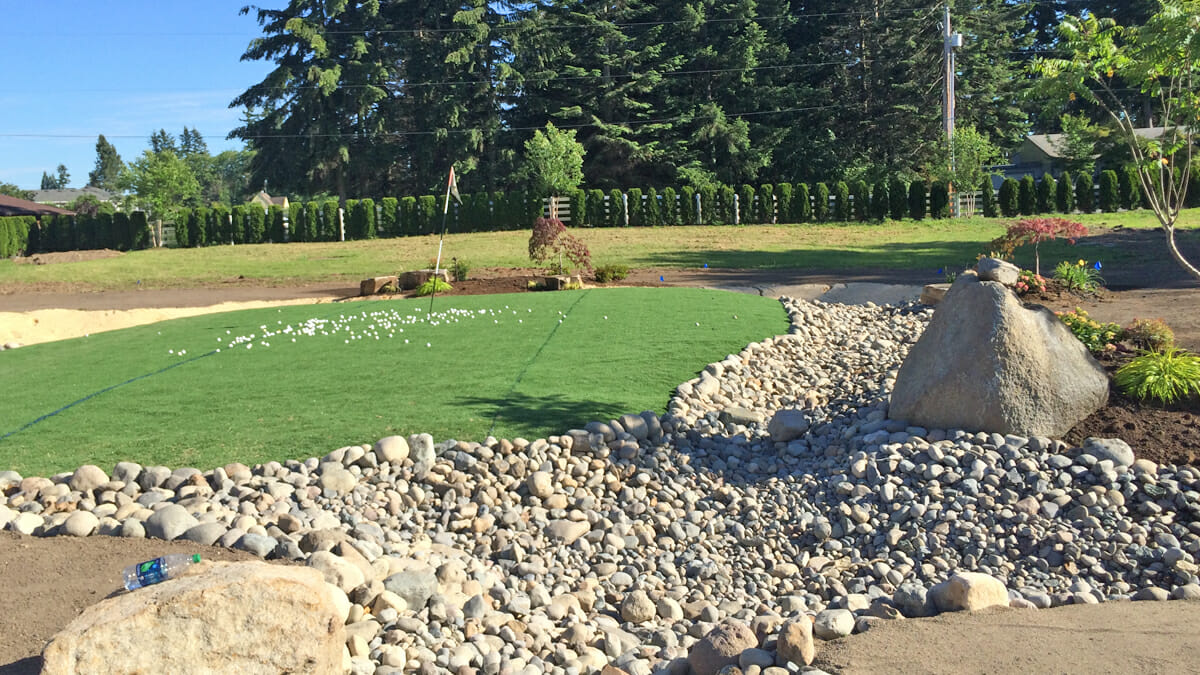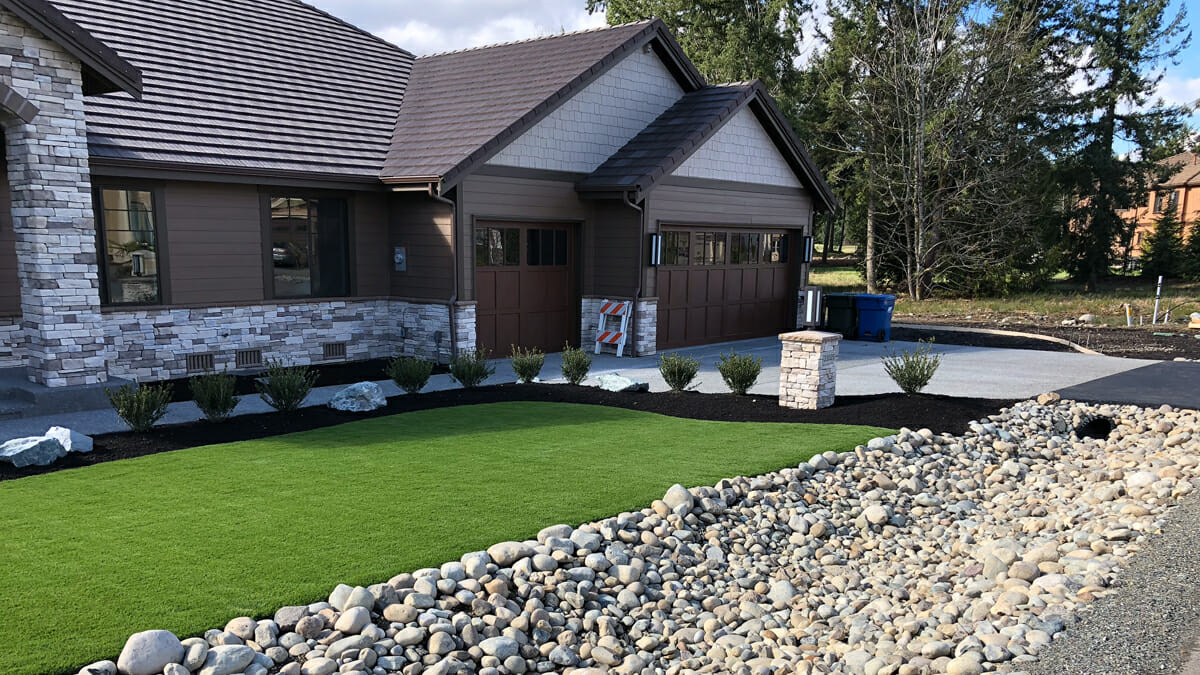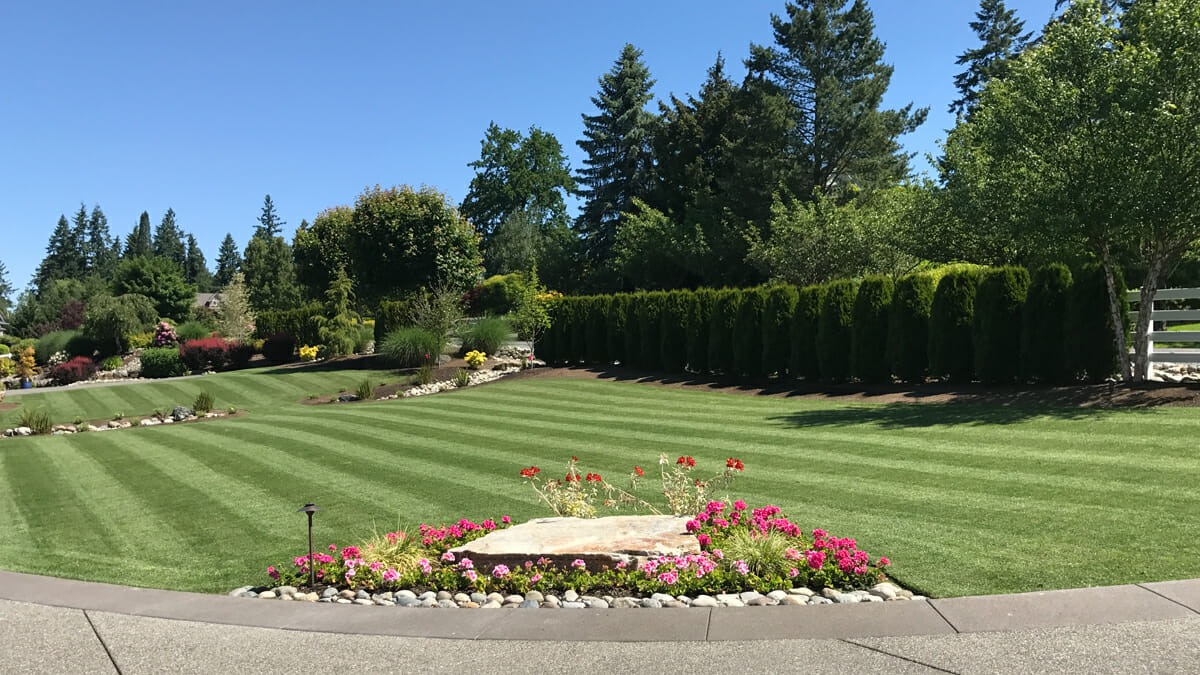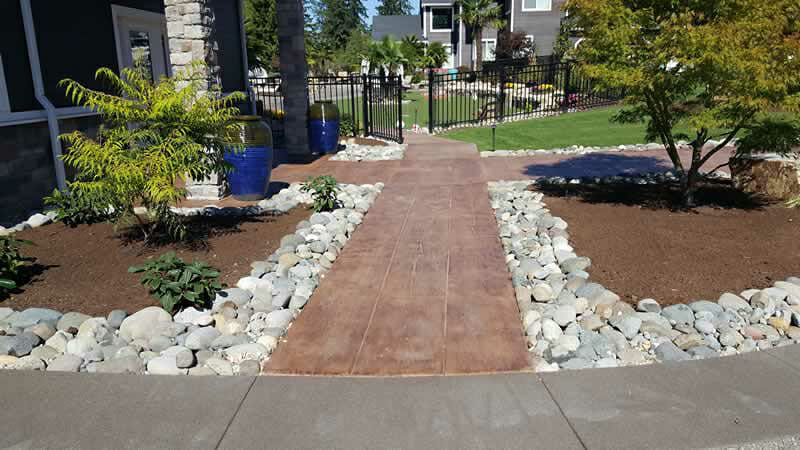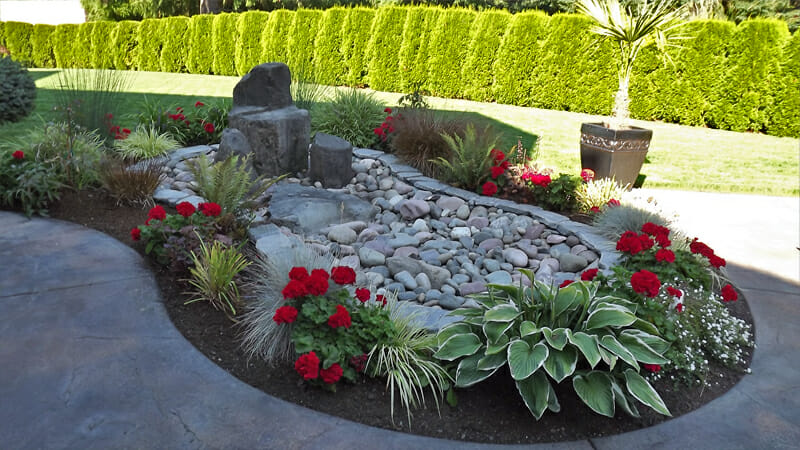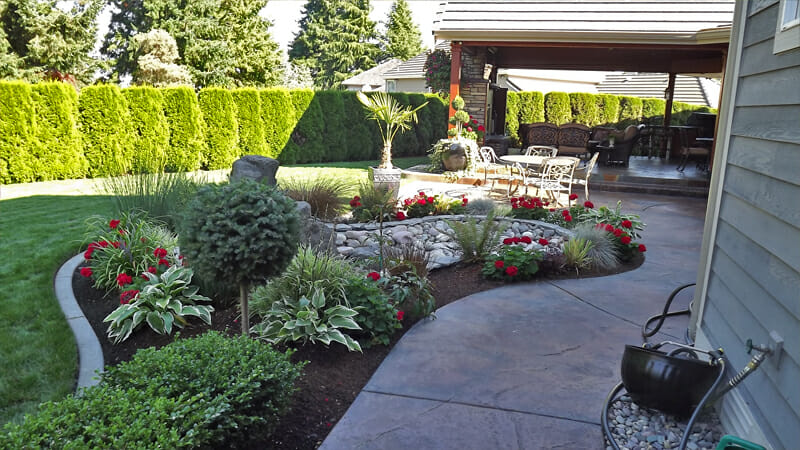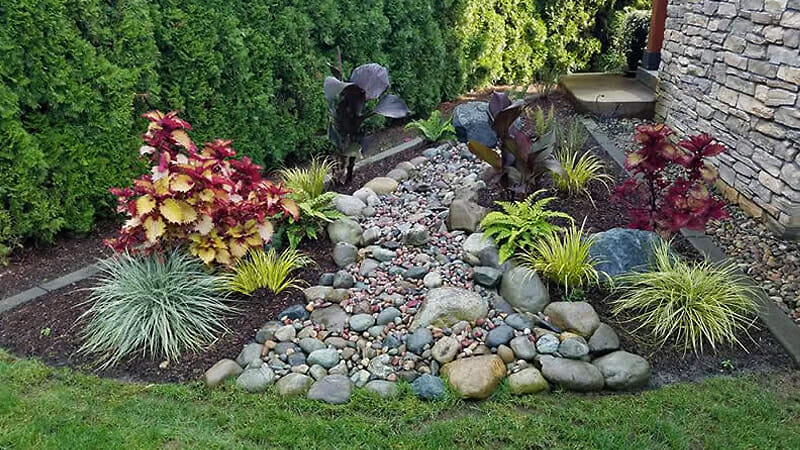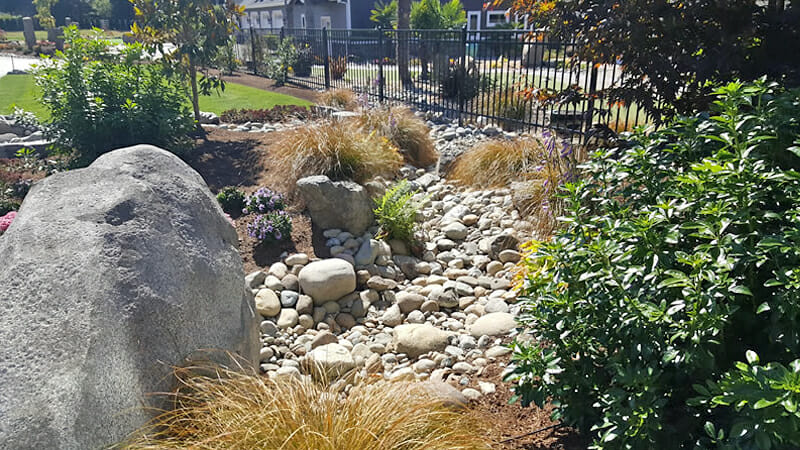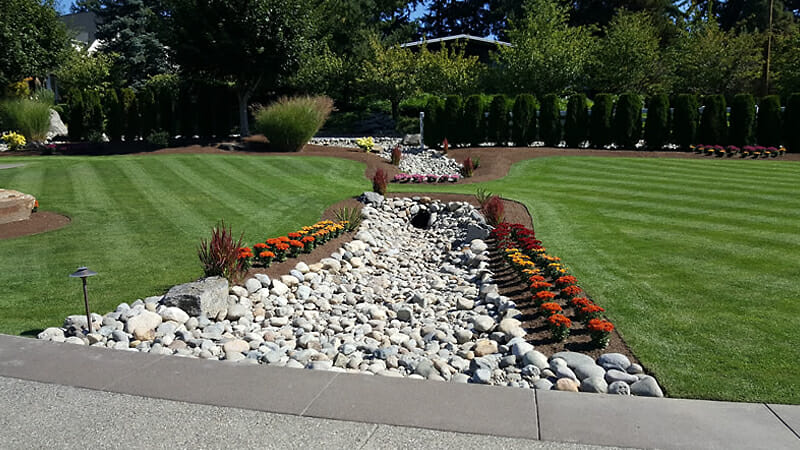Are you struggling with drainage issues every winter and spring? Do you have draining issues that are causing water to pool around your home and surfaces? Improper drainage can be a headache. It can cause structural damage, mold and humidity problems, mosquito infestations, erosion, and more. Check out these drainage tips to help your landscape survive the Washington rain.
Three types of drainage problems
There are three types of drainage issues. Once you determine which issue you have, you can decide which of these tips can help you.
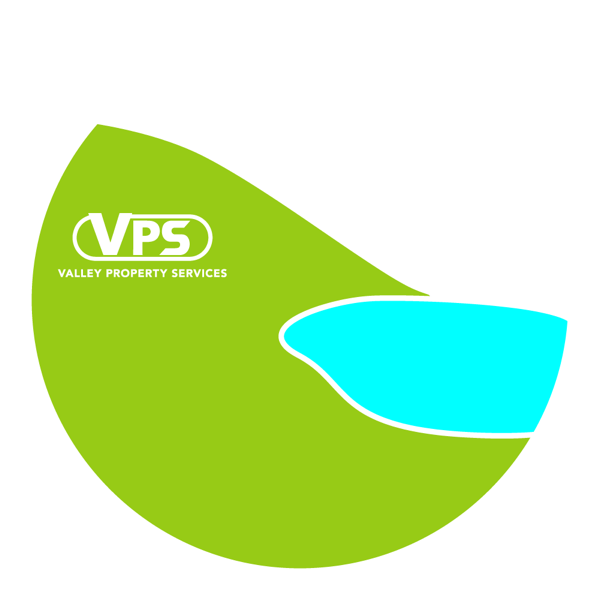
Yard slope
A slope in your yard or inadequate pitch prevents water runoff from being diverted away from the house.
Downspout & Gutter issues
If gutters are too small or you have downspouts that are poorly arranged, they may leave pools of water around your foundation.
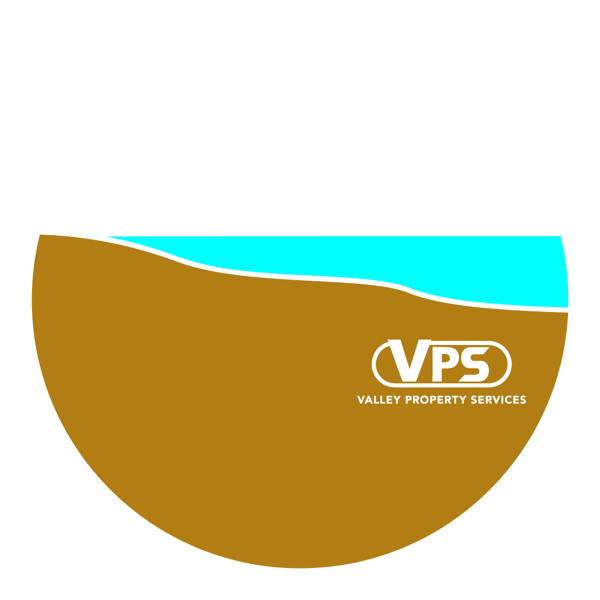
Soil condition
Soil that’s compacted or has lots of clay content does not absorb water quickly. This will cause water to pool on the surface.

1. Level a sloping yard
Divert water away from your property by grading the ground to slope away from your home in all directions. Work with a professional to make sure you don’t negatively affect areas such as vents, basement windows, pipes, or drains.
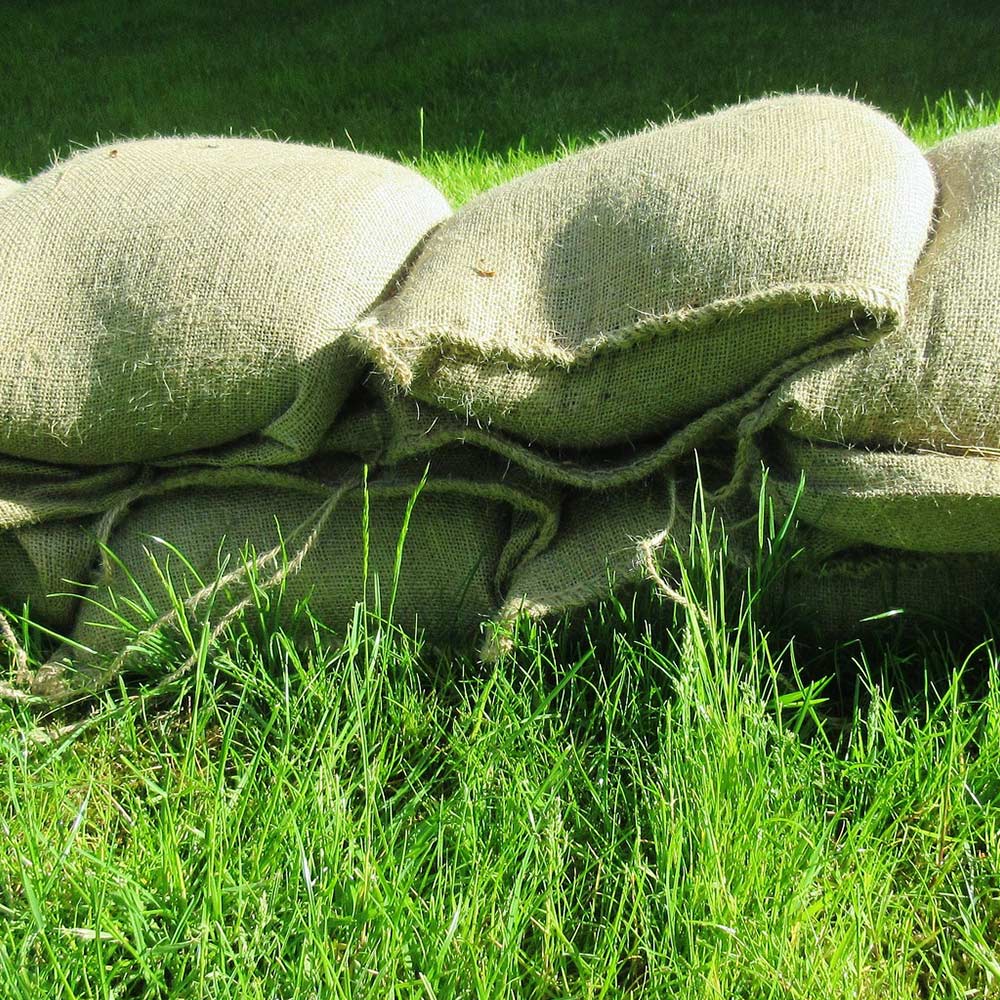
2. Redirect flows using sandbags
As a temporary measure, you can use sandbags to create flow paths to redirect water away from your property. Ensure you do so without affecting your neighbors’ properties.
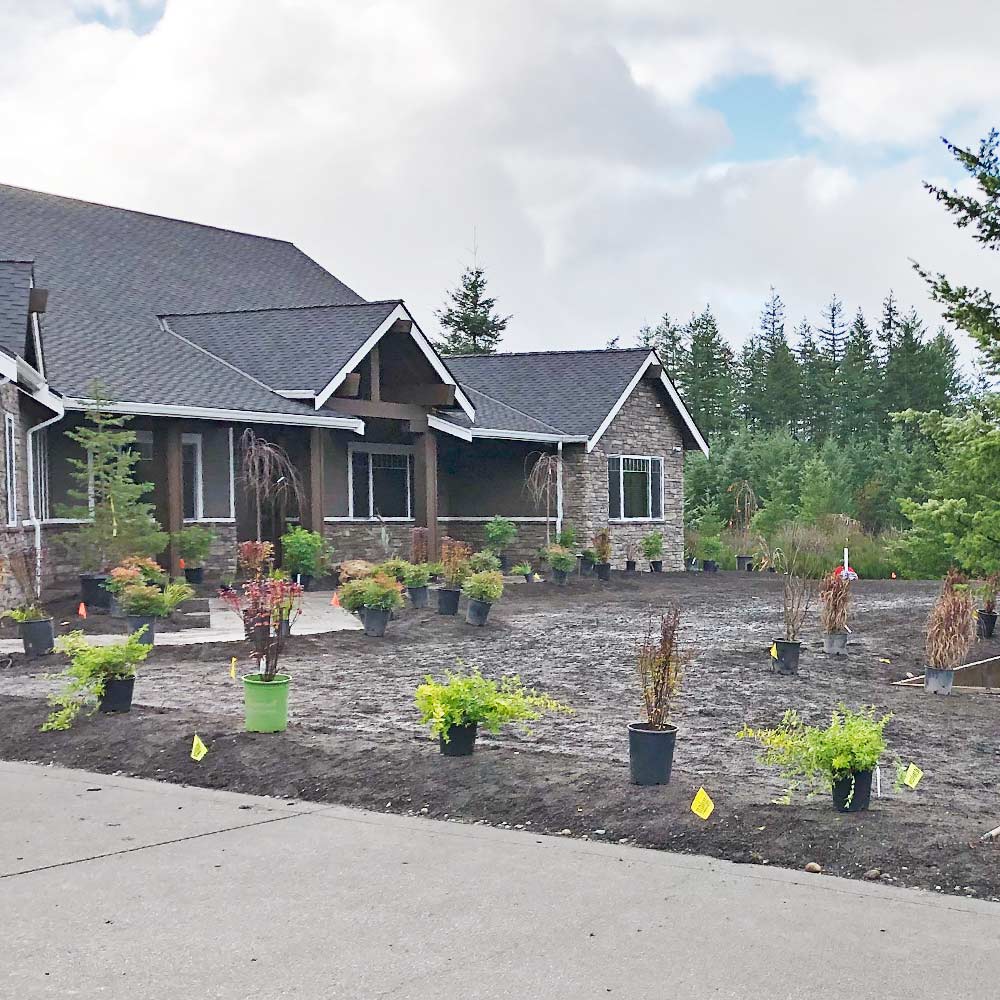
3. Grow native plants
Plants native to Washington are more adapted to our weather. By planting them in your garden, they can help to prevent soil erosion and allow better rainwater drainage. Be sure not to grow plants where they can obstruct the drainage route.
Check out some Washington native plants that you can use for gardening.
Need help grading your slope?

4. Use mulch in the garden
Mulch can help keep soil in place and retain moisture. This way, it can prevent water from flowing toward your home. Fill with a few inches of mulch in areas graded away from your home. You’ll want to make sure the mulch is about six inches away from the siding to protect your home’s exterior.
Learn more about how Valley Property Services uses mulch for water management and to improve the appearance of homes.
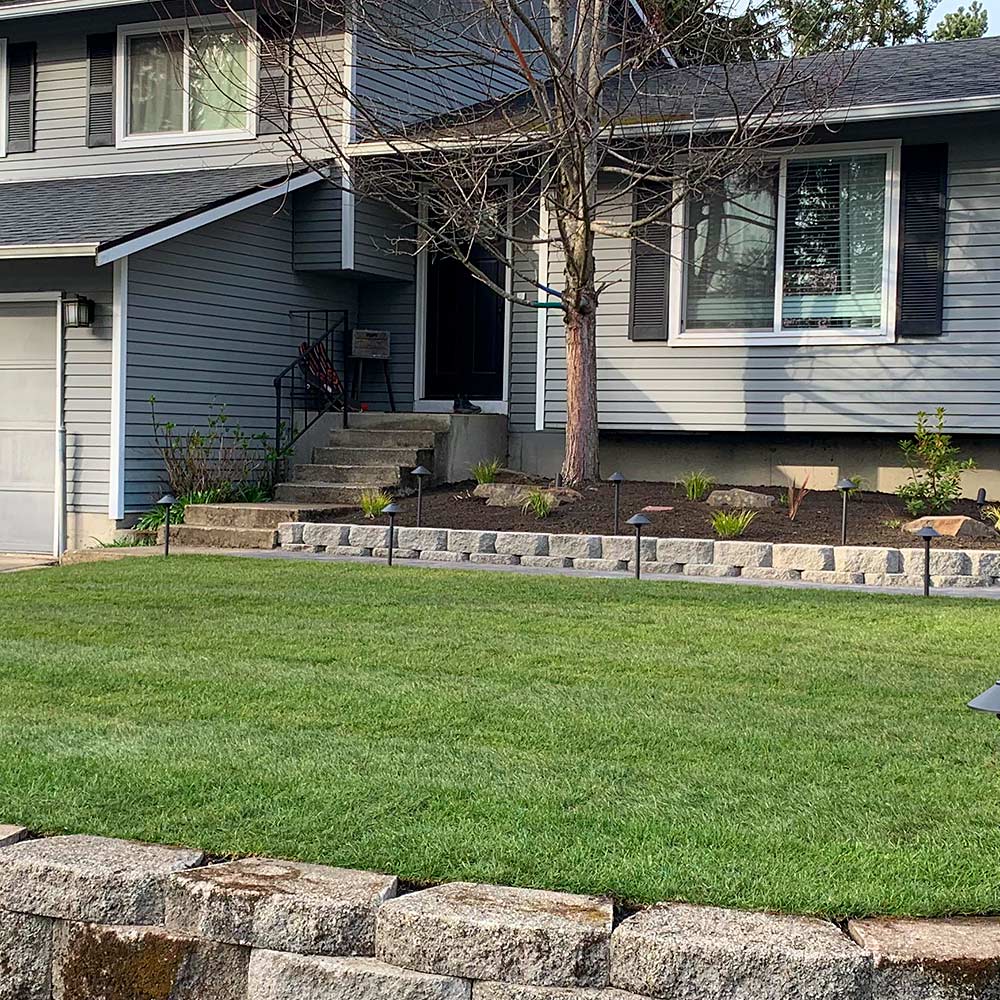
5. Plant new grass
The root structure of grass can aid with water absorption and minimize the impact of floods. If you need help deciding what kind of grass is best suited to your landscape, contact us.
After the grass settles, avoid cutting your lawn too short. Short grass weakens the roots and can lead to flooding.
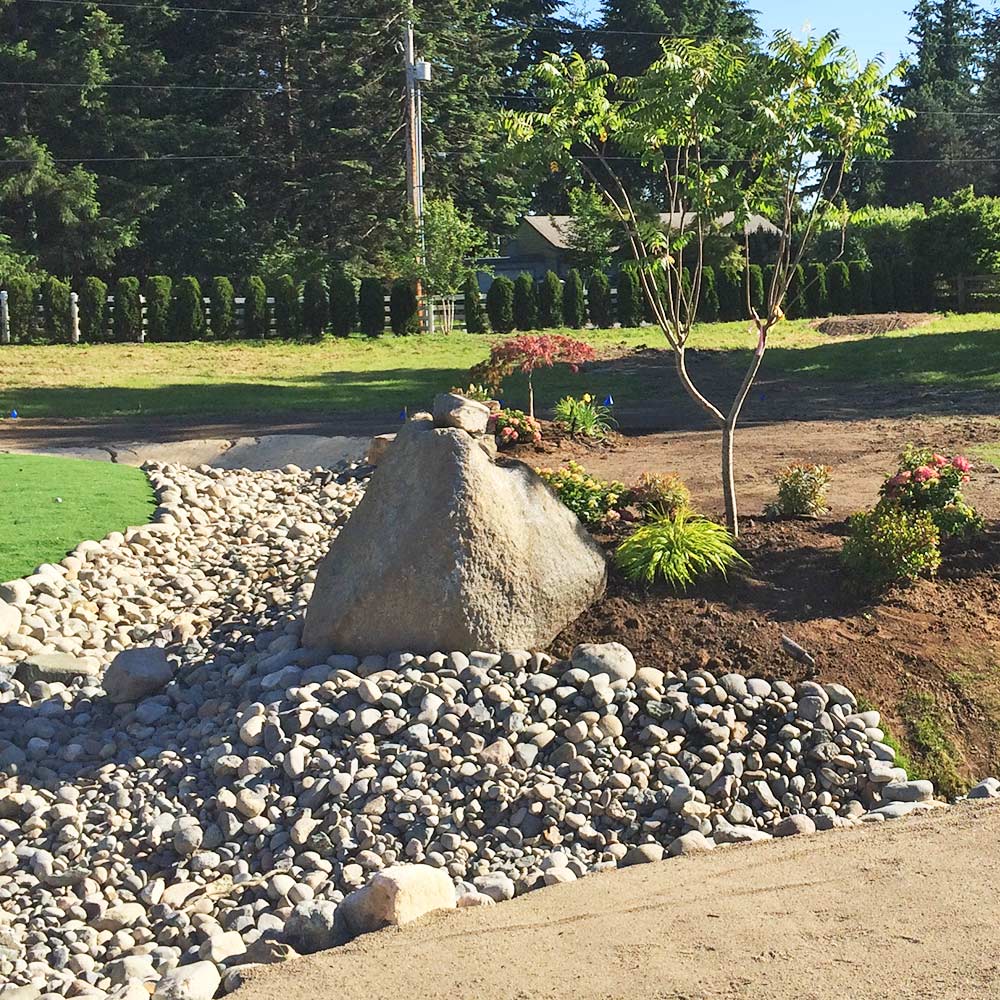
6. Create a rain garden
Rain gardens are depressed areas in the landscape that collect rainwater from your roof, driveway or street. By growing native shrubs, perennials and flowers in your rain gardens, they help reduce runoff from your house.
The great thing about rain gardens is that they can add beauty to your landscape and provide food and habitat for wildlife. Ask us about rain gardens or dry river beds.
Want a new rain garden or new grass?
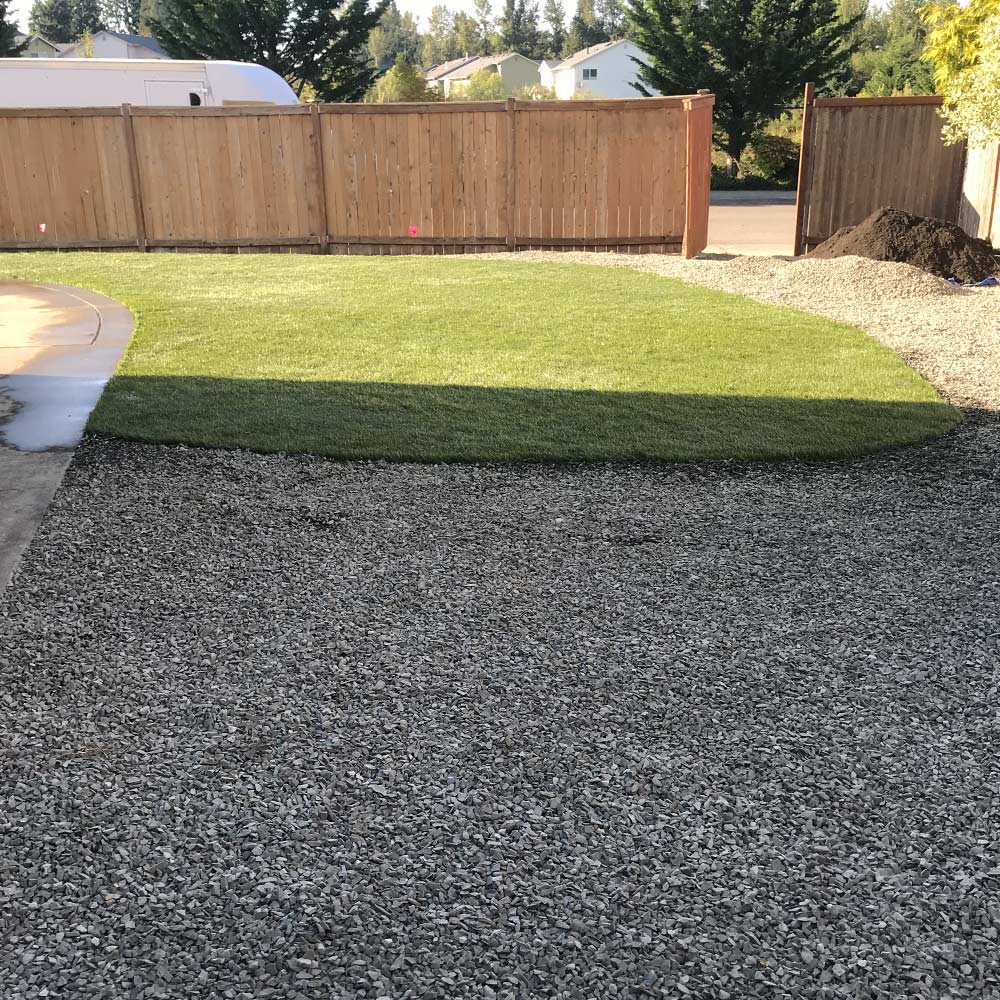
7. Add drainage areas by driveways
Paved driveways can easily lead to rainwater runoff. To prevent flooding, you can install permeable driveways like gravel, or spaced or interlocking pavers.
These alternatives allow water to soak into the ground below. You can also install channel drains or other landscaping solutions.
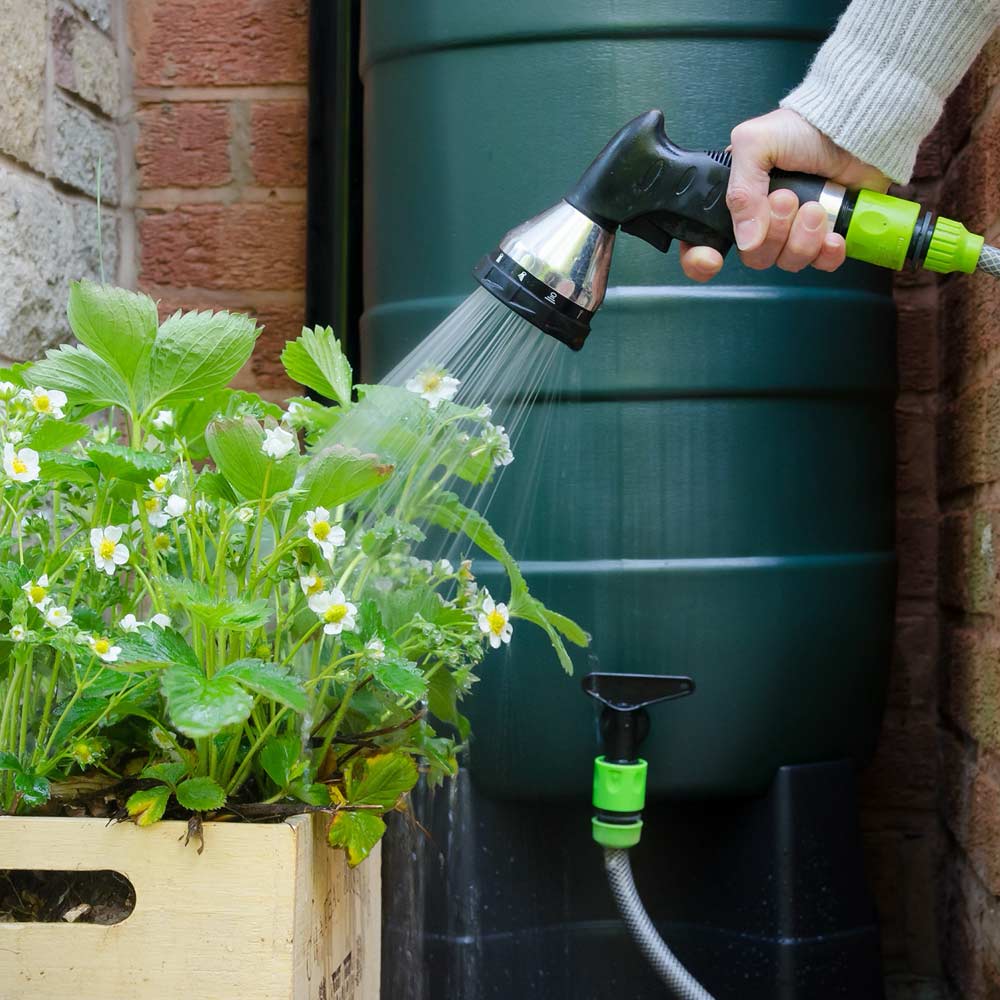
8. Install a rain barrel
Place rain barrels at the bottom of downspouts to collect the water. They double as an eco-friendly way to water your gardens and lawn when it’s dry out.
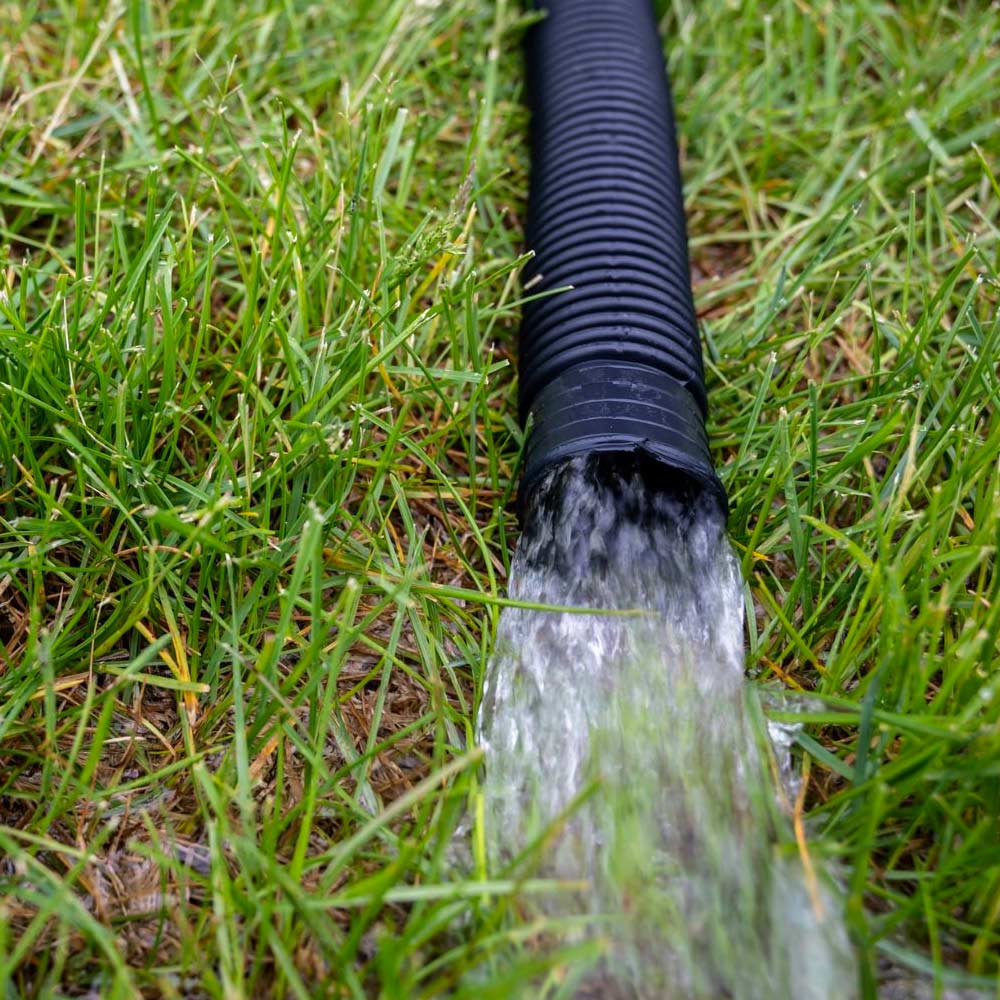
9. Test and maintain your sump pump
A sump pump directs water away from your basement and keeps it dry. Make sure everything is in proper working order.
Don’t forget about maintenance!
- Regularly inspect your drainage system;
- Keep your drains clear of debris and blockage;
- Check for leaks and damages to your gutter and downspouts; and
- Make sure your retaining walls are working properly.
For Landscape Maintenance
Our Drainage Management Projects
FAQ
Do landscapers do drainage?
How much does it cost to fix drainage issues?
Conclusion
If you have drainage issues, try out these nine tips. For professional help, don’t hesitate to contact Valley Property Services.
As Maple Valley’s expert landscapers, Valley Property Services will ensure that your drainage systems are working properly to survive Washington’s rainfall!
Get in touch with us today to get your next project started.
Areas We Serve
- King County
- Pierce County
- and surrounding areas!
